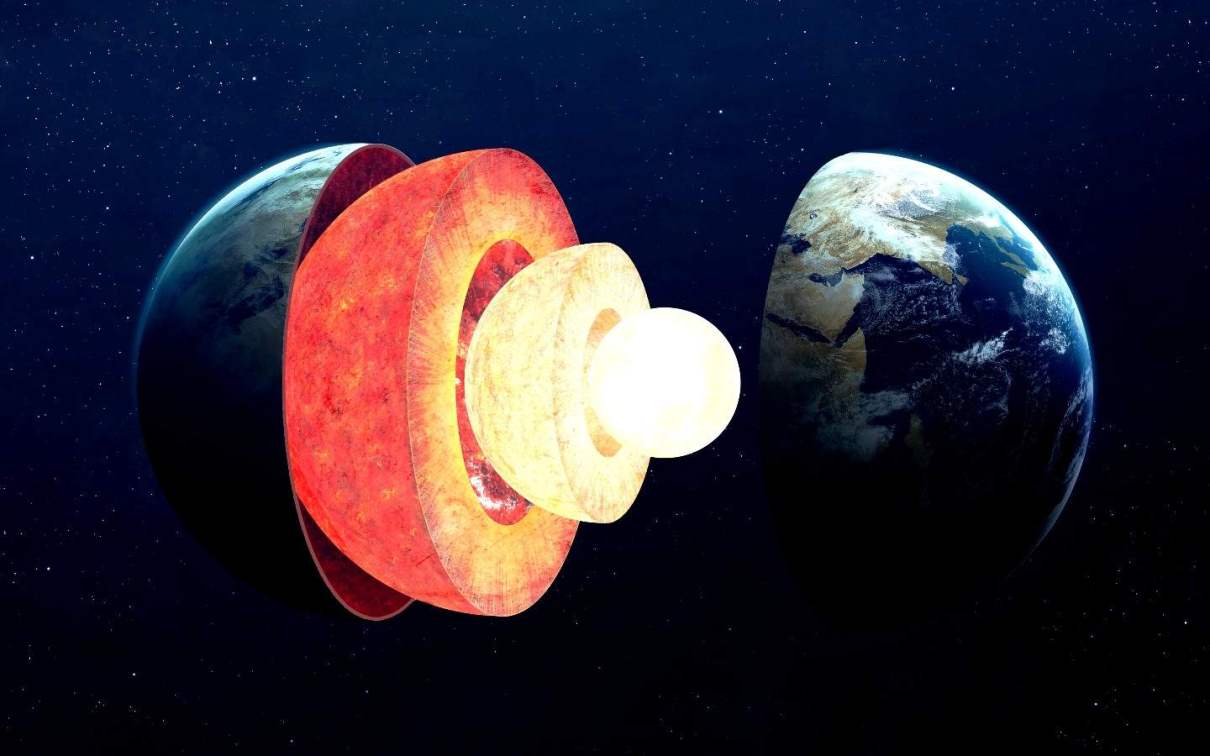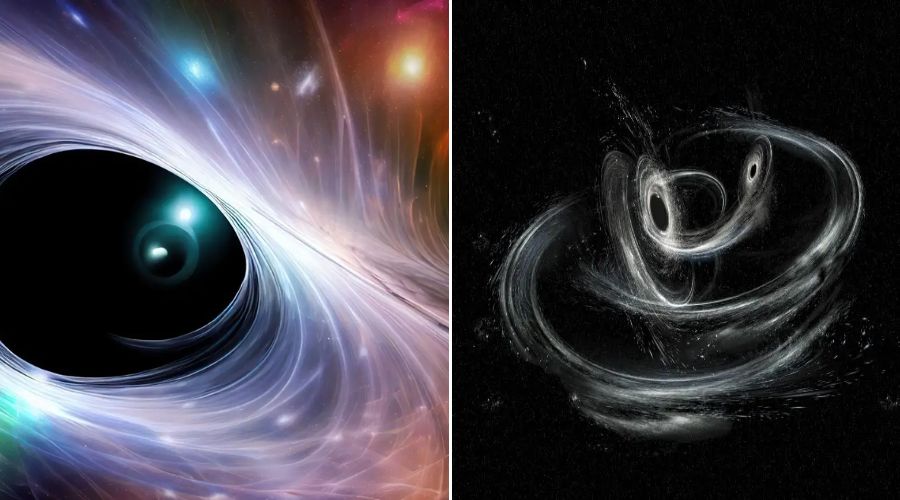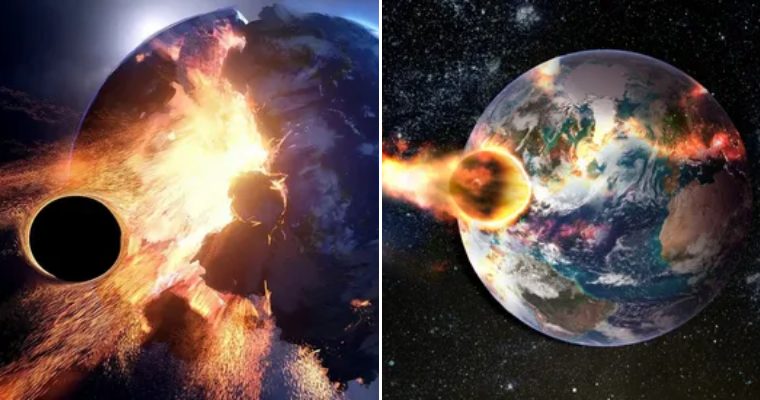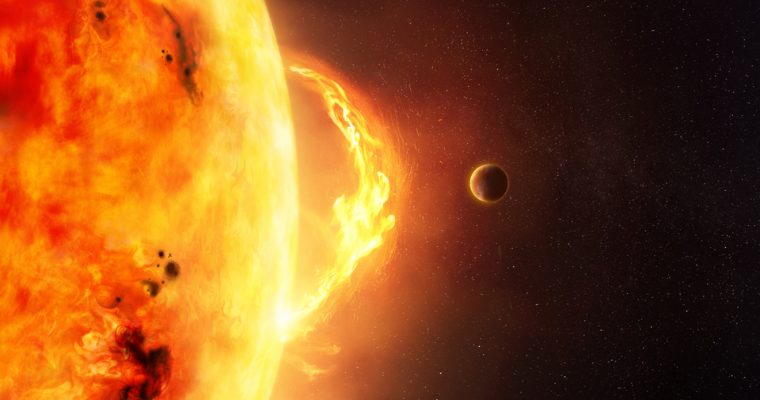
One of geology’s basic principles is that the Earth is made up of four layers: the crust, the mantle, the outer core, and the inner core. But this may be squashed in light of a new study that suggests Earth actually has a distinct fifth layer that’s been under our feet all along.
Researchers at the Australian National University (ANU) say that the new layer they uncovered is located within Earth’s inner core. Deeper analysis of this discovery could help scientists better understand our planet’s history and evolution.
A peek inside EarthApproximately 4.6 billion years ago, the Earth formed. The story starts with the planet’s interior or rocky core, which formed through the collision of heavy elements. The core, found at the center of the Earth, is made up of two parts. The outer layer, comprised of liquid iron alloy, is about 1,355 miles thick. The outer core is also thought to be responsible for Earth’s magnetic field. In contrast, the inner core is made up of solid iron alloy with a radius of 760 miles.
Next comes the mantle, which sits directly above the core. This layer is composed of mostly silicate rocks that are rich in magnesium and iron. The mantle has a thickness of about 1,793 miles, making it Earth’s thickest layer. The thinnest and most brittle layer is the crust, however. It varies between 18.6 to 43.5 miles in thickness and forms the outermost layer of our home planet.

Earth’s layers before the discovery of the innermost-inner core. The newest layer is situated just below the inner core.
The fifth layer
Scientists have long suspected that Earth’s inner core was made of two layers. But it wasn’t until ANU researchers took a closer look at what lies below that an “innermost inner core” was confirmed.
Their work revealed a distinct change in the structure of iron deep within the inner core at about 3,604 miles below the Earth’s surface. You may recall from earlier that the inner core consists of solid iron alloy. This is due to high pressure deep within the Earth that stops the iron alloy from melting. But distinct structural changes were detected in this iron alloy that set apart the newly discovered innermost layer from the rest of the inner core.
According to Salon, this discovery led the researchers to believe that the change in structure may have been caused by an unknown, dramatic event early in Earth’s history. Further examination of this tiny layer may provide additional details around how our planets formed.
“The details of this big event are still a bit of a mystery, but we’ve added another piece of the puzzle when it comes to our knowledge of the Earths’ inner core,” said the study’s lead author and researcher, Joanne Stephenson, in a statement.
Behind the scenes of the discovery
Seismic monitoring allows us to gain a better understanding of Earth’s interior. This is made possible by measuring sound waves that are created by earthquakes and pass through Earth’s layers. By analyzing how the different layers cause the sound waves to slow down, scientists can catch a glimpse of what lies below.The recent discovery was made with the aid of a special search algorithm that researchers used to compare thousands of models of the inner core with decades worth of data on how long seismic waves take to travel through Earth. This data, gathered by seismograph stations all over the world, helped detect the changes in the structure of iron in the inner core. These findings helped confirm that Earth’s inner core has another layer.
Although this work is still being analyzed, the discovery of a new layer may pave the way for a new geological principle and prompt textbooks to be rewritten.









